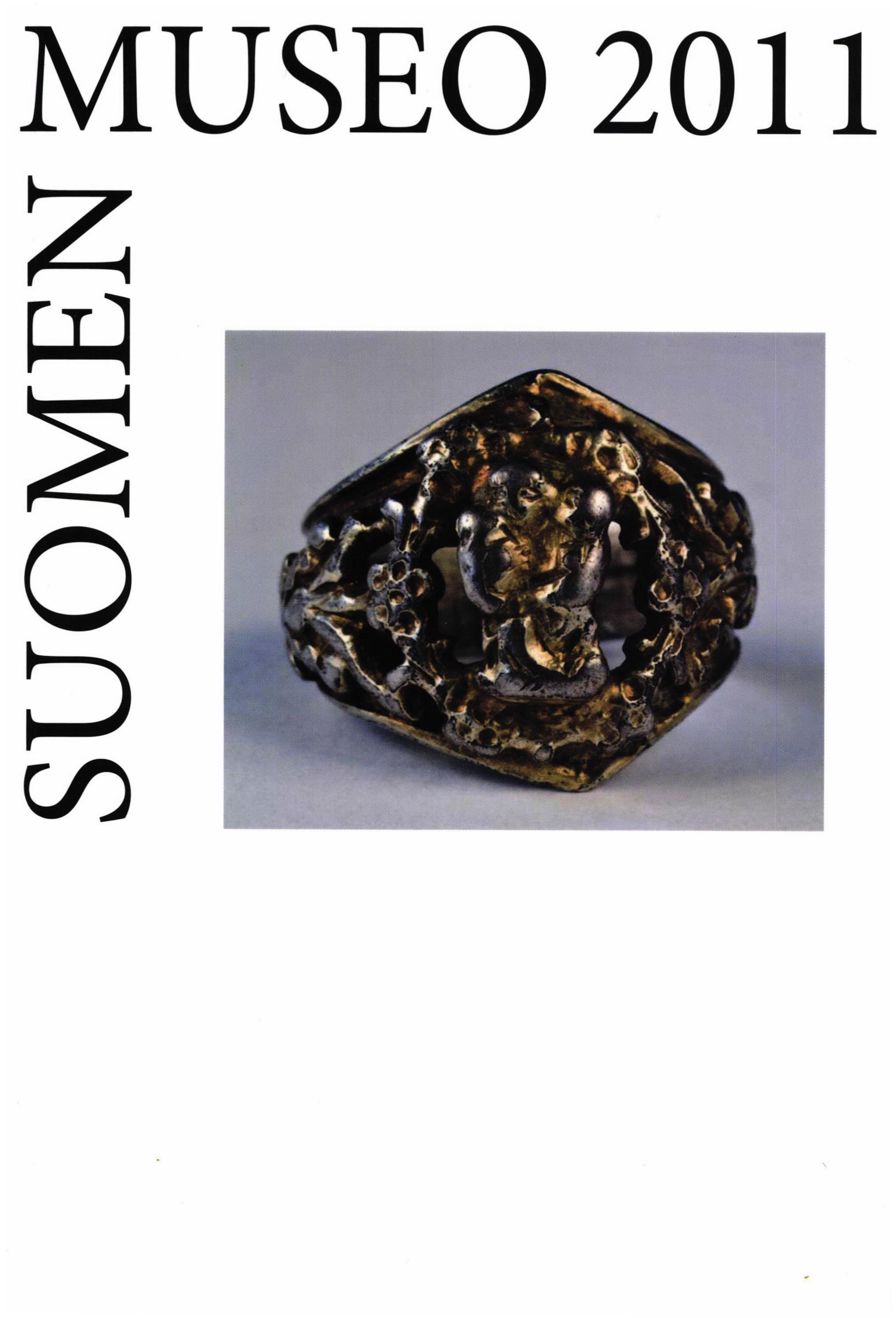Kuka keksi "taiteen'' ja "taiteilijan''?
Suomenkielisen taidehistoriallisen oppisanaston syntyvaiheita
Abstrakti
The article examines the emergence of Finnish art terminology. The research materia! comes from monographs relevant to art history published in the late 1800s. The research examines which languages provided the inspiration for drawing up their Finnish language equivalents.
The formation of art history vocabulary followed the development of written Finnish language. Doctor Wolmar Schildt (1810–1893), from Jyväskylä, created a great deal of vocabulary of significance for the art world in the 1840s, notably the original Finnish word for art itself, taide. After that, many phenomena from the art world found their own versions in the Finnish language by the 1880s. This language development reflects an endeavour to create an original cultural language. The development of the written language differs in respect to this feature for example from Estonian, which has adopted many loan words from other languages in its own specialist cultural vocabulary.
In developing the new artistic vocabulary, one of the most active proponents was Eliel Aspelin (1847–191 7) (later Aspelin-Haapkylä), who published the first Finnish-language art history dissertation in 1878 and gave lectures from 1882 onwards in Finnish only. Aspelin carried out his duties in both Finnish and Swedish equally as he was obligated to do, under the language statutes of 1863.
Written Finnish was achieved in different disciplines, such as in the maturity of expression found in aesthetics, which is reflected in the growth of publications in art history literature in the 1890s. The largest translation project between 1889 and 1893 was the translation into Finnish of Wilhelm Liibke's work in German Grundriss der Kunstgeschichte.
The evolving art history vocabulary, due to the language of its creators had a strong connection with the Swedish language. At the time most academic contacts were directed towards the German academic world, so that the basis of the vocabulary work and its inspiration came above all from German originated art history terms, many of which managed to achieve consistent expression in the Swedish language. Special terms were mostly loan word translations, while the words adopted for general language use related to art were typically closer to the Finnish national language.

